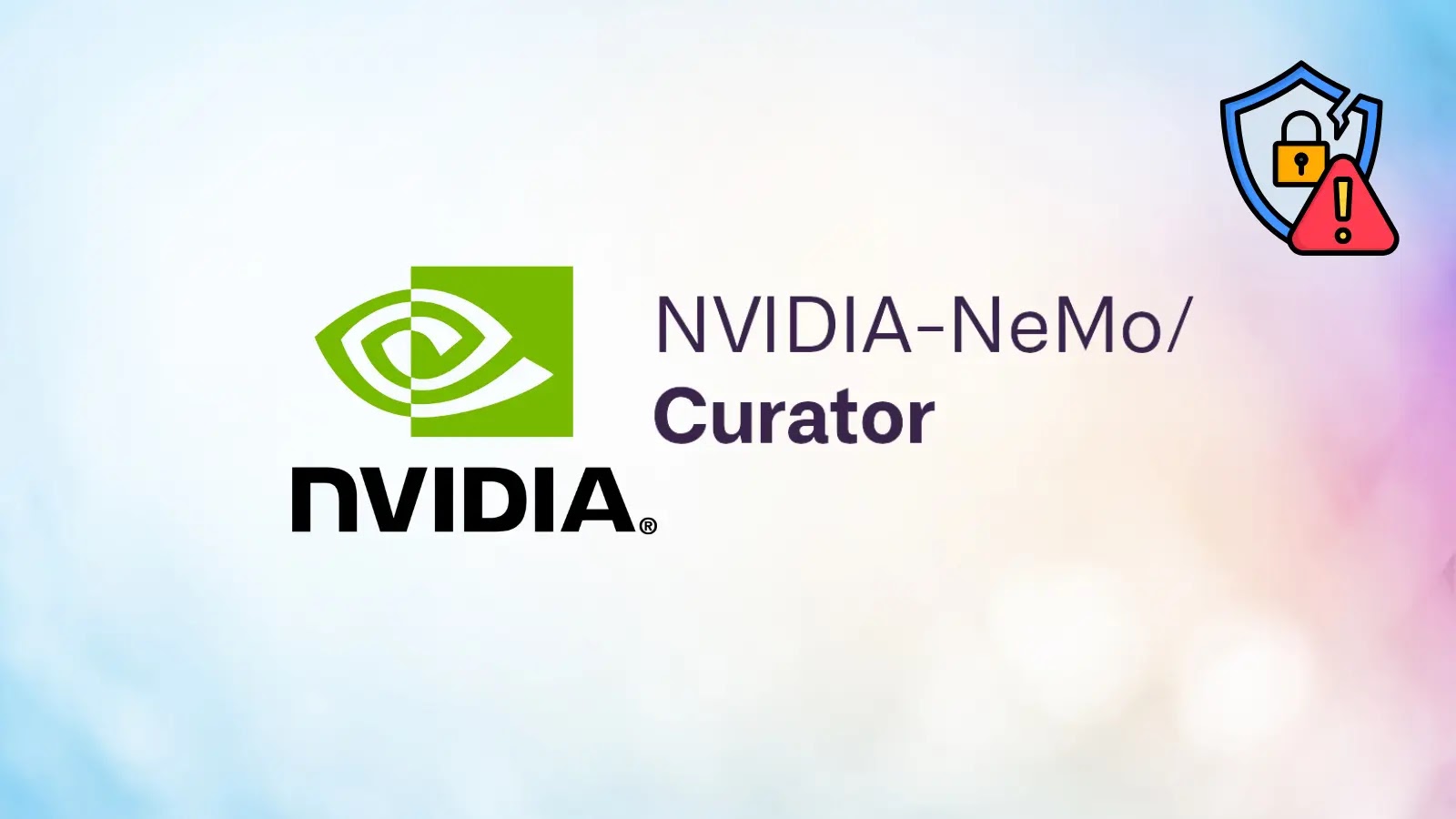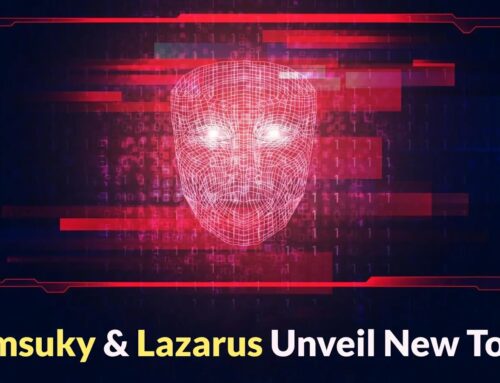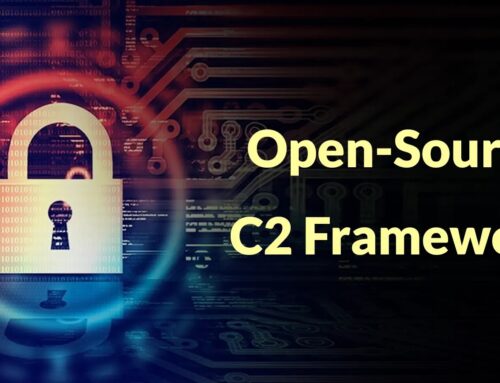
NVIDIA NeMo AI Curator Enables Code Execution and Privilege Escalation
The convergence of artificial intelligence and enterprise-grade platforms brings immense power, but it also introduces new attack vectors that skilled threat actors can exploit. A recent critical security bulletin from NVIDIA highlights such a risk, revealing a high-severity vulnerability in their NeMo Curator platform. This flaw, if left unaddressed, could grant attackers the ability to execute arbitrary code and escalate privileges, posing a significant threat to data integrity and system security. For IT professionals, security analysts, and developers leveraging NVIDIA’s AI ecosystem, understanding and mitigating this vulnerability is paramount.
Understanding the NVIDIA NeMo Curator Vulnerability
NVIDIA NeMo Curator is a critical component for many AI development and deployment pipelines, facilitating the management and curation of large language models (LLMs) and other AI datasets. The recently disclosed vulnerability, identified as CVE-2025-23307, is a significant concern due to its potential impact. This specific flaw stems from an undisclosed mechanism within the platform that, when exploited, allows an attacker to achieve both arbitrary code execution and privilege escalation.
Code Execution: This capability enables an attacker to run malicious commands or scripts on the compromised system. Such commands could range from data exfiltration to the deployment of ransomware or other malware, directly impacting the integrity and availability of AI resources and underlying infrastructure.
Privilege Escalation: Coupled with code execution, privilege escalation means an attacker, initially with limited access, can gain higher-level permissions on the affected system, potentially reaching administrator or root privileges. This grants them extensive control over the system, allowing them to bypass security controls, modify configurations, and maintain persistence.
Affected Versions and Platforms
The scope of this vulnerability is broad, impacting all versions of NVIDIA NeMo Curator prior to release 25.07. This includes deployments across various operating systems, making it a cross-platform threat:
- Windows
- Linux
- macOS
Organizations utilizing NeMo Curator in any of these environments must prioritize immediate action to secure their systems. Unpatched instances represent open doors for sophisticated attacks targeting valuable AI assets and critical enterprise data.
Impact and Potential Consequences
The successful exploitation of CVE-2025-23307 carries severe implications for affected organizations. The potential consequences include:
- Data Breach: Compromised systems could lead to the exfiltration of sensitive training data, proprietary AI models, or confidential business information.
- System Compromise: Attackers could gain full control over the NeMo Curator environment, and potentially extend their reach to other connected systems within the network.
- Operational Disruption: Malicious code execution can disrupt AI development pipelines, corrupt existing models, or render systems inoperable, leading to significant downtime and financial losses.
- Reputational Damage: A successful cyberattack can severely damage an organization’s reputation, eroding trust among customers, partners, and stakeholders.
- Compliance Violations: Data breaches and system compromises can lead to non-compliance with industry regulations and data protection laws, resulting in hefty fines and legal ramifications.
Remediation Actions
NVIDIA has provided a clear path to mitigation. The most effective defense against CVE-2025-23307 is to update to the patched version of NeMo Curator.
- Immediate Patching: Update all instances of NVIDIA NeMo Curator to release 25.07 or later. This is the primary and most critical action. Ensure that all affected systems on Windows, Linux, and macOS are updated without delay.
- Vulnerability Scanning: Regularly scan your infrastructure for known vulnerabilities, including those in AI-specific platforms, to identify and address weaknesses proactively.
- Network Segmentation: Isolate AI development and production environments from less critical parts of the network to limit the lateral movement of attackers in case of a breach.
- Principle of Least Privilege: Enforce stringent access controls and ensure that users and processes operate with the minimum necessary privileges required to perform their functions.
- Security Monitoring: Implement robust logging and monitoring solutions for your AI infrastructure to detect anomalous activities that could indicate an attempted or successful exploitation.
- Incident Response Plan: Maintain a well-rehearsed incident response plan to effectively manage and recover from security incidents.
Relevant Security Tools
To aid in detecting vulnerabilities and enhancing overall security posture, consider leveraging the following types of tools:
| Tool Name | Purpose | Link |
|---|---|---|
| Nessus | Vulnerability Scanning & Management | https://www.tenable.com/products/nessus |
| OpenVAS | Open Source Vulnerability Scanner | https://www.greenbone.net/en/community-edition/ |
| Qualys VMDR | Vulnerability Management, Detection & Response | https://www.qualys.com/apps/vulnerability-management-detection-response/ |
| Splunk (or equivalent SIEM) | Security Information and Event Management (Log Analysis) | https://www.splunk.com/ |
| Endpoint Detection & Response (EDR) Solutions | Real-time threat detection and response on endpoints (e.g., CrowdStrike, SentinelOne) | (Varies by vendor) |
Conclusion
The discovery of CVE-2025-23307 in NVIDIA NeMo Curator underscores the continuous need for vigilance in securing complex software ecosystems, particularly those powering advanced AI applications. The ability for attackers to achieve both code execution and privilege escalation represents a critical security gap that demands immediate attention. By prioritizing the recommended remediation actions – primarily updating to version 25.07 – and adopting a proactive security posture, organizations can significantly reduce their exposure to this high-severity vulnerability and safeguard their valuable AI investments.





